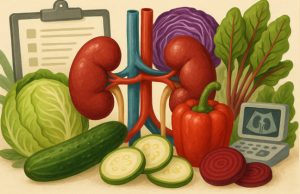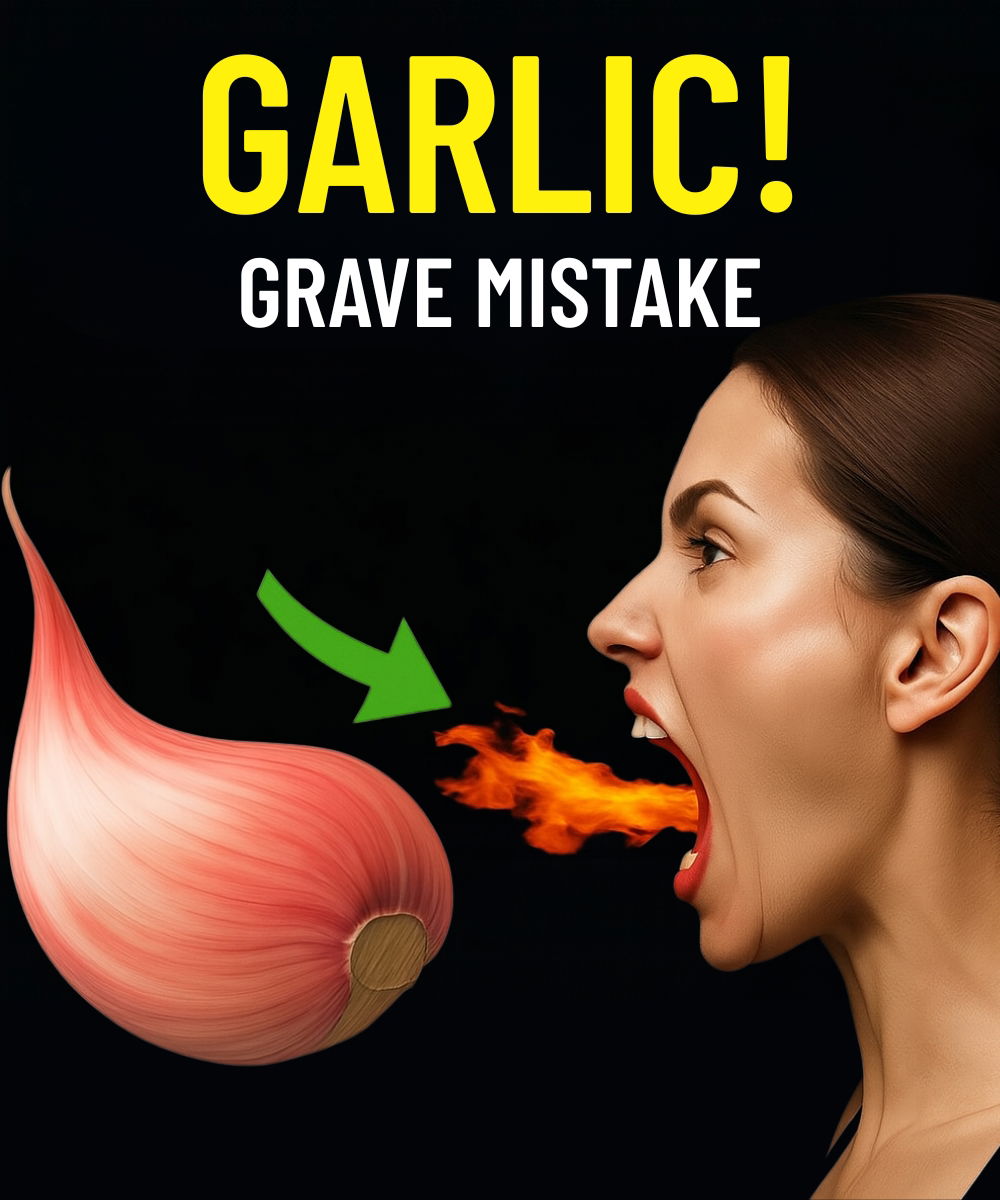
Garlic has long earned its reputation as one of nature’s most powerful foods. Celebrated for supporting cardiovascular health, strengthening immunity, and helping to ward off chronic disease, it truly deserves its place as a medicinal superfood.
However, if you aren’t consuming garlic properly, you might be missing most of its benefits — or worse, experiencing unpleasant side effects such as bloating, heartburn, or digestive upset.
Let’s explore some common garlic mistakes and how to correct them so you can make the most of this remarkable bulb.
1. Swallowing whole cloves
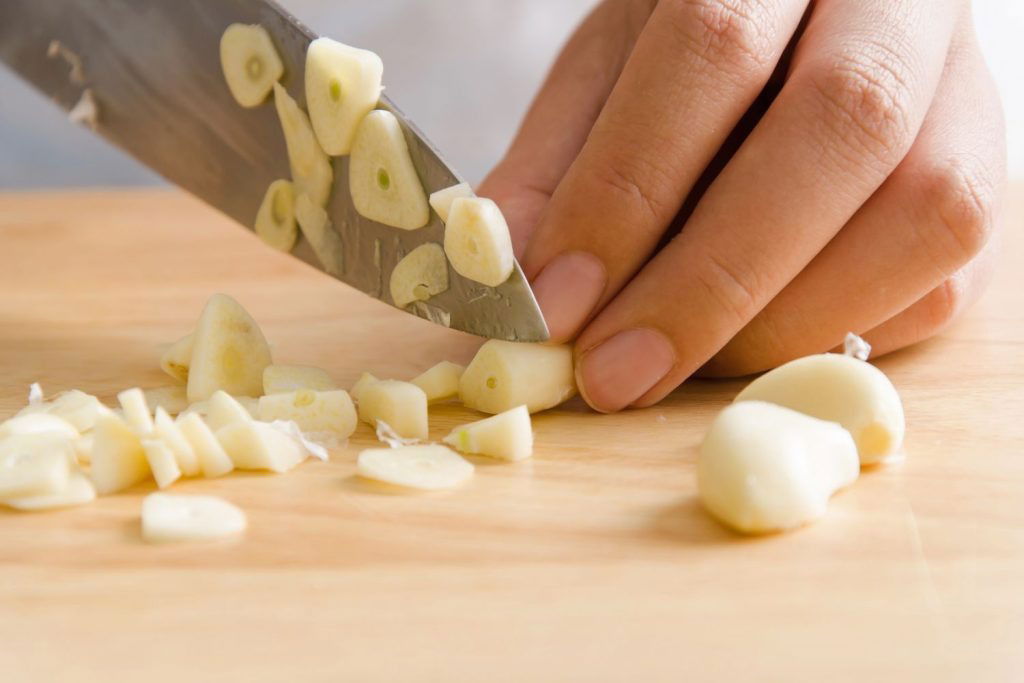
If you eat garlic without chopping, pressing, or crushing it, you prevent allicin — the key healing compound — from developing.
What to do instead:
Always chop, crush, or grate garlic and then let it sit for 3–5 minutes before using. This activates the enzymes that trigger allicin formation.
2. Overheating garlic
Allicin is sensitive to heat and can break down at temperatures above 60°C (140°F). Overcooking destroys many of garlic’s valuable nutrients.
How to avoid this:
Add garlic toward the end of cooking or sauté it gently over low heat for no more than 2–3 minutes. For maximum benefits, try adding raw, freshly chopped garlic after cooking.
3. Eating raw garlic on an empty stomach without testing your tolerance
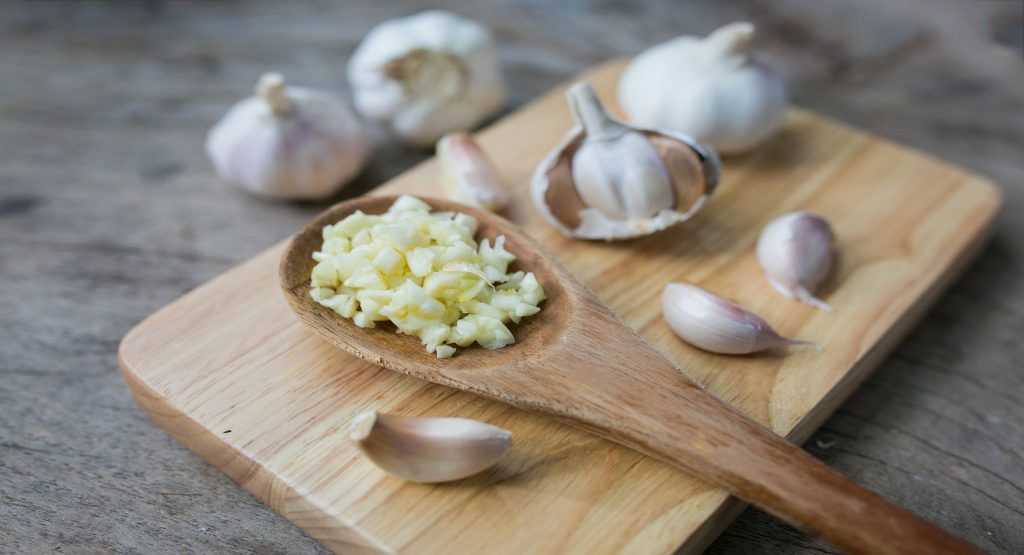
While some people digest raw garlic just fine, others may experience irritation, heartburn, or stomach cramps if eaten alone.
What to do:
Combine garlic with other foods — for example, in dressings, dips, or sauces — to help reduce the chance of digestive distress.
4. Using too much — or too little
A tiny pinch of garlic isn’t likely to help, but going overboard can cause digestive discomfort, unpleasant breath, or even body odor.
The right amount:
Most people do well with about 1 clove daily. If tolerated, up to 2 cloves a day is fine. Pay attention to how your body reacts.
5. Using old or sprouted garlic
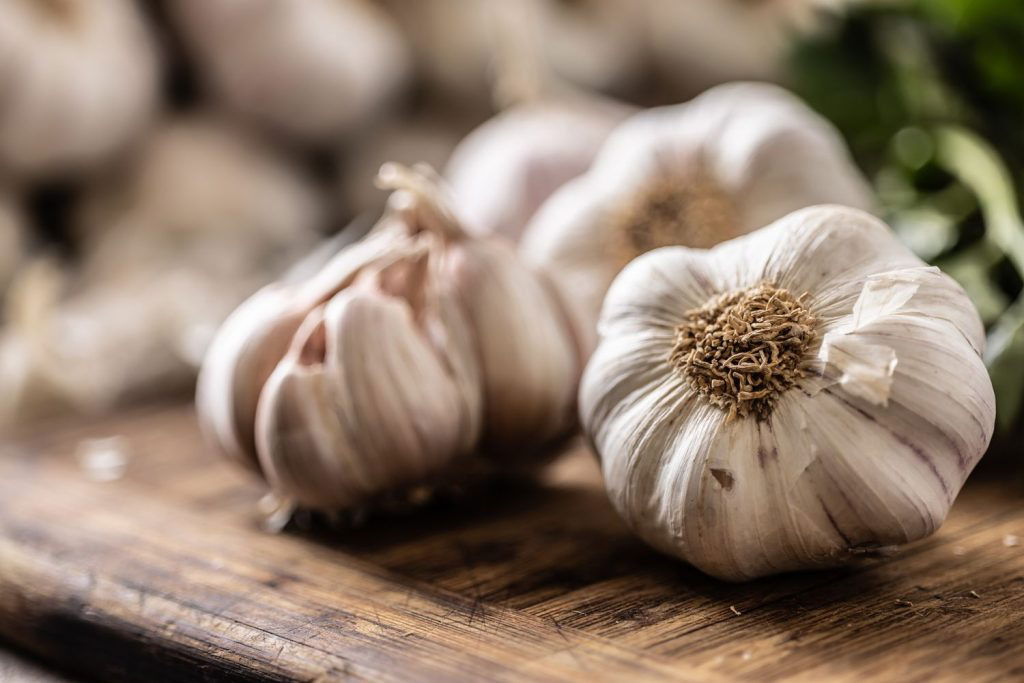
Garlic that is soft, shriveled, or discolored has lost its strength, and sprouted cloves may have a bitter taste.
How to choose:
Select firm, white bulbs with tight skins. Store garlic in a cool, dry, and well-ventilated spot — not in the refrigerator. You could also experiment with black garlic, which is milder in flavor and higher in antioxidants.
6. Overlooking interactions with medications
Garlic naturally thins the blood, which can amplify the effects of blood-thinning medications like warfarin and raise bleeding risk.
If you take medication:
Speak with your doctor before adding larger amounts of garlic to your diet, and avoid garlic in the five days leading up to surgery.
7. Relying on low-quality garlic supplements
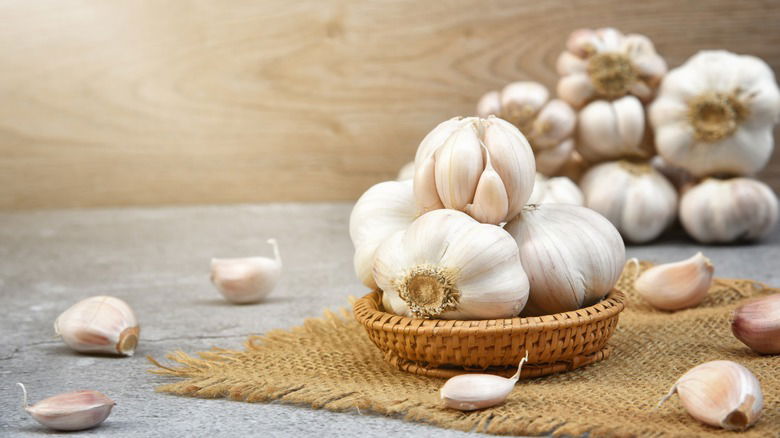
Many garlic capsules offer little active allicin and sometimes contain fillers.
How to choose:
Fresh garlic is always best, but if you take a supplement, select a reputable brand that specifies standardized allicin content.
Should you remove the green sprout?
The green shoot inside a garlic clove isn’t dangerous, but it can taste bitter. If you dislike the flavor or experience heartburn from it, remove it; otherwise, it’s fine to leave it.

Tips to Get the Most from Garlic
- Always chop or crush it and allow it to rest for a few minutes before using
- Add it at the end of cooking to protect its active compounds
- Pair it with vitamin-C–rich foods like lemon, tomato, or parsley to enhance its benefits
- Stick with 1–2 cloves daily based on your tolerance
- Store garlic bulbs in a cool, dark, and well-ventilated place







